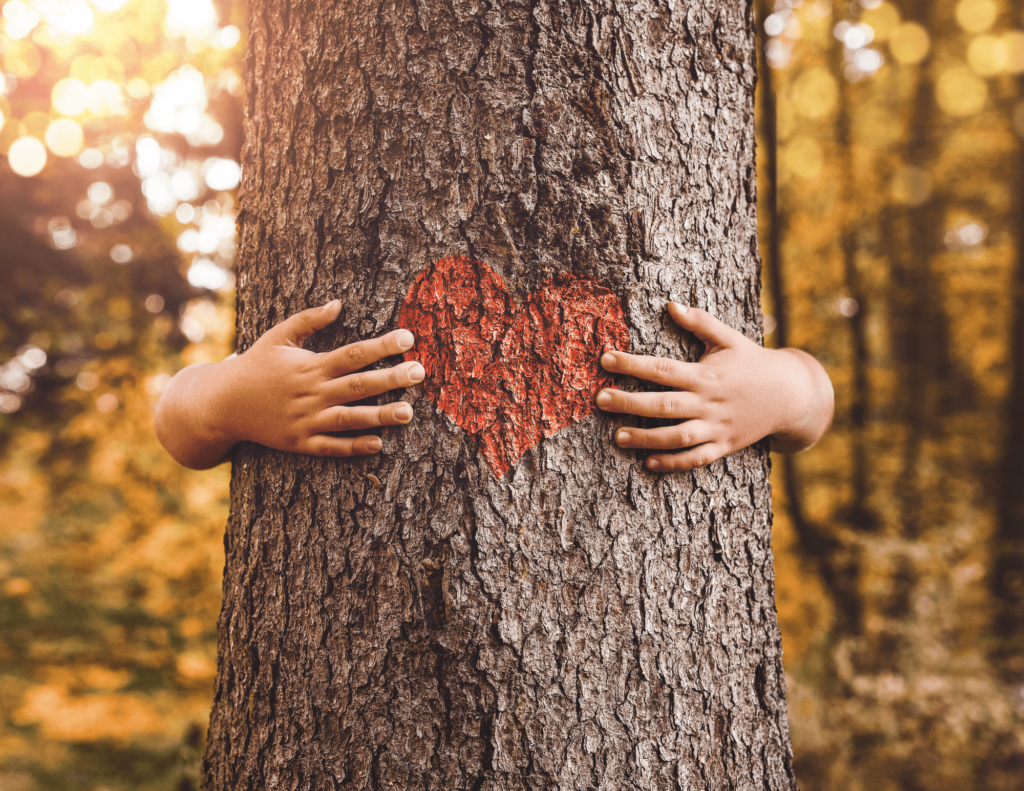
Reducing our carbon footprint is an incredibly important step for all of us going forward. Climate change and global warming have dire consequences. From global draughts to loss of habitats, impacts on eco-systems, and not to mention the effect on plant agriculture for animal and human food consumption. Some changes we can make are evident. A change in our food systems from animal products to plant-based, not only helps climate change but may reduce the prevalence of zoonotic diseases. We must also measure our carbon footprints, and begin to switch to alternative energy and transportation sources. We can never be completely free of some carbon emissions, and this is where carbon offsets come into play. Contributing to a carbon offset project can help to balance your carbon emissions and allow you to be a part of organizations that seek to create a sustainable future.
In a nutshell, carbon offsets are programs that you fund, and the amount you pay is based on how much carbon emissions you produce. Each carbon offset program is different, but they all measure the carbon reductions their project creates. You match their reductions with your emissions, and the goal is for you to become more carbon neutral.
Some notable Canadian carbon offset projects this year:
Nature Bank- Great Bear Forest carbon offset project
Darkwoods forest carbon offset project
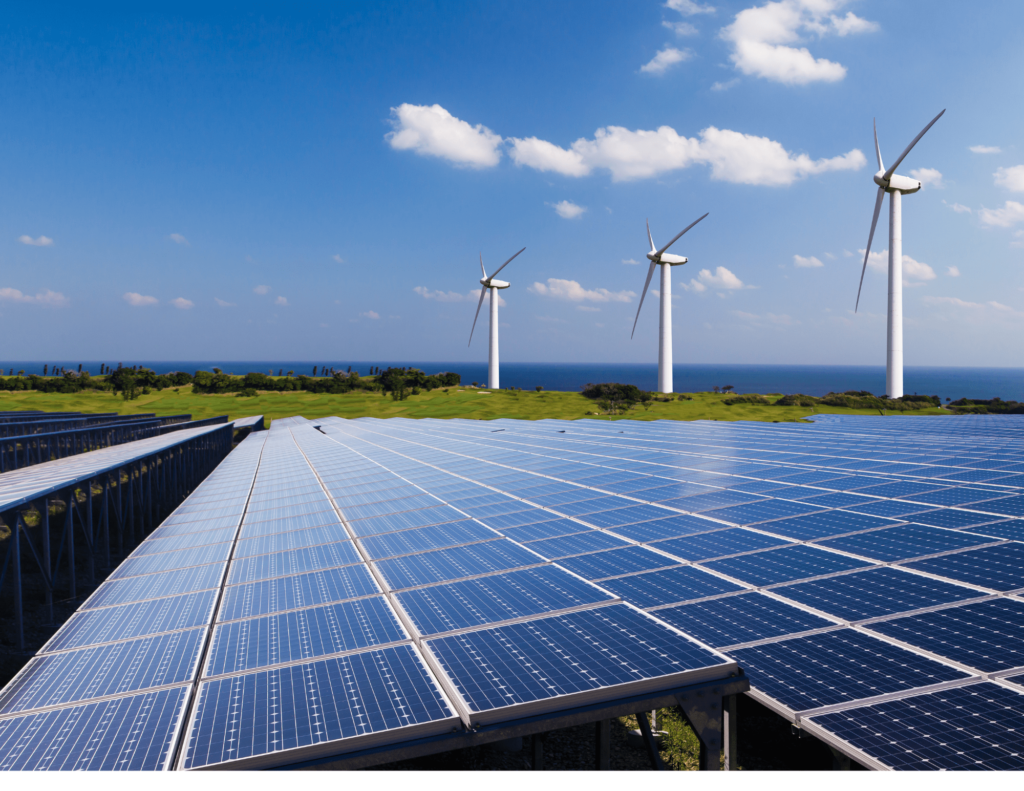
Bullfrog power- Canadian Carbon Offsets
This carbon offset program is all about green and renewable energy. By purchasing renewable energy from them you can offset your use of electricity. How does this work? Bullfrog explains that restructuring your home to run off a new renewable energy source is not easy for many. What they do is put renewable energy on the grid on your behalf. Whatever amount of energy you use, you match that with what they call renewable energy certificates (REC). For example, 1 REC purchased is equivalent to 1 MWh of energy utilized.
Their renewable energy is sourced from eco logo certified wind, solar, and low impact hydropower. They also produce green natural gas, which is captured from decomposing waste, and low carbon fuel made from cooking oil. Bullfrog also contributes social good; they help fund eco-friendly projects in indigenous communities like adding solar panels to schools.
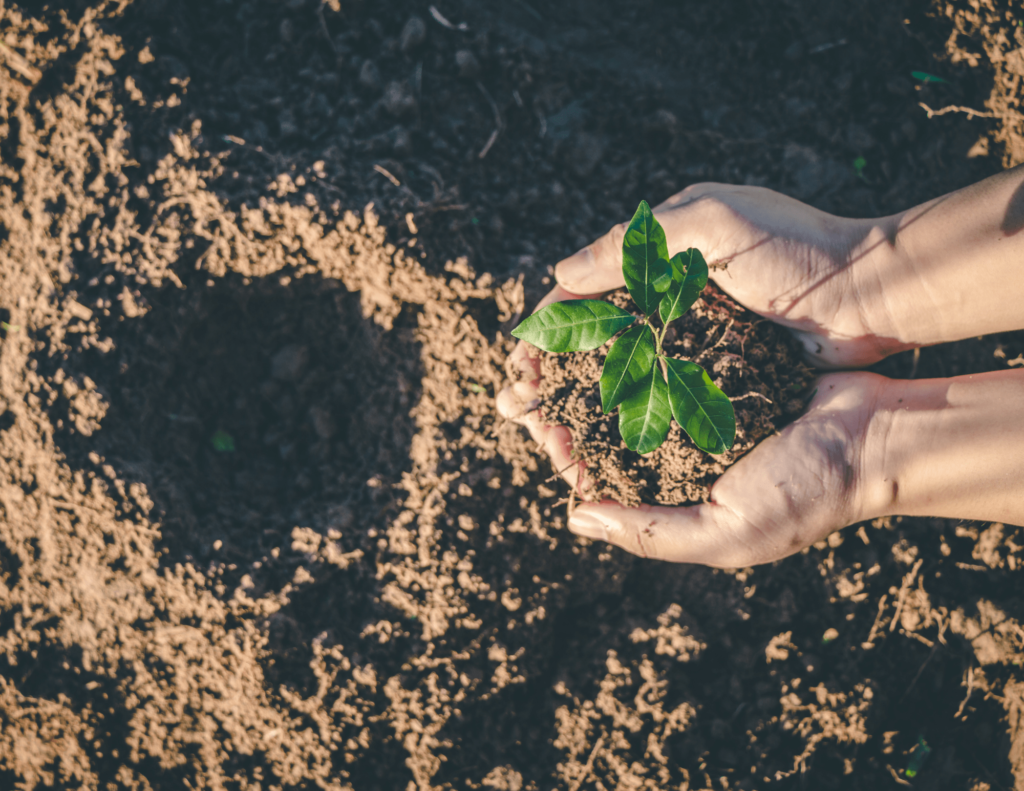
Grow clean air- Tree Canada
As you may have guessed, this carbon offset program helps to reduce carbon emissions by planting trees. They are the only national non-profit organization that plants trees in suburban environments. To begin with this program, you need to calculate your carbon emissions. They provide a handy carbon footprint calculator to add up your emissions from energy use, air, vehicle, and other transport. Unfortunately, this calculator does not take into consideration your food carbon footprint. Check out my food carbon footprint calculator to tally up emissions from this source.
Tree Canada calculates the number of trees that need to be planted based on your carbon emissions calculation. They select a plot of land that when planted will create real carbon reductions. Some factors they look for are lands that have not supported tree growth for 20 years or more. There are many ways to get involved with this program other than purchasing offsets, including helping to plant trees with them.
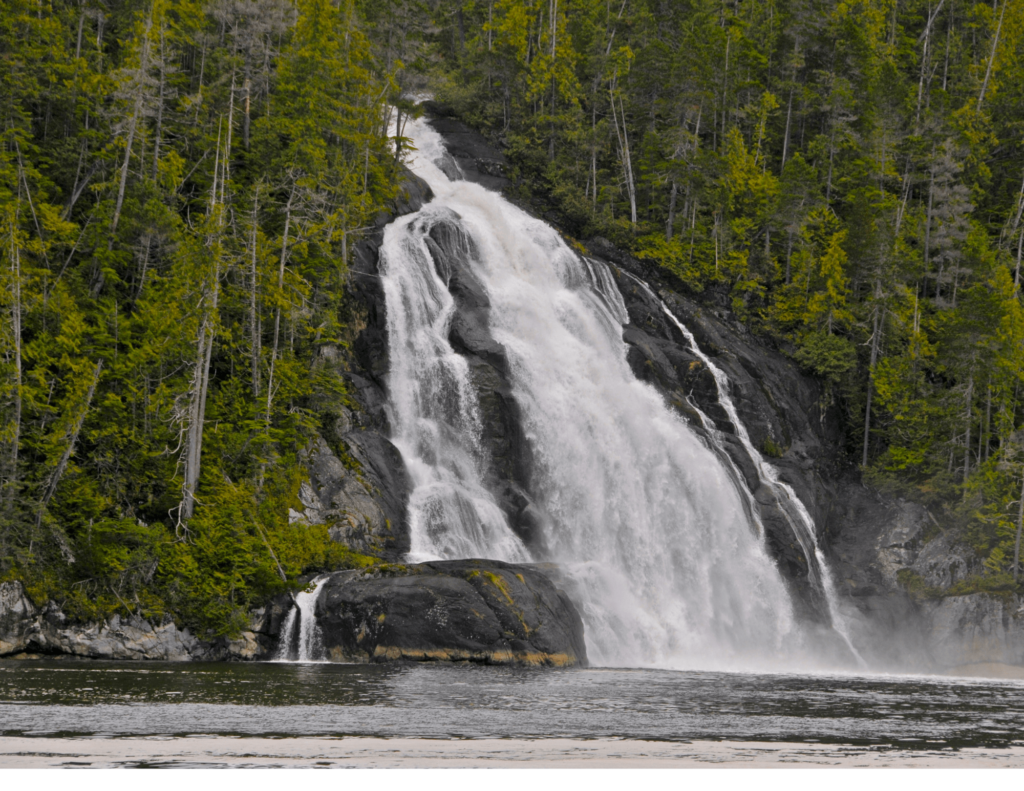
Nature-bank: Great bear forest Canadian carbon offset project
This is one of my personal favourites. The nature bank carbon offset project serves to both conserve the great bear forest, as well as reduce carbon emissions. The great bear forest is incredibly special, it is the largest coastal temperate rainforest that remains in the world. Not only do the trees there help to absorb CO2 from the environment, but they also serve as carbon stores. As trees and other plants grow, they store the carbon they absorb in their leaves, branches, stems, trunks, roots, and even the soil.
Deforestation by means of clearing or burning of forests results in the release of these important carbon stores back to the atmosphere. The act of conserving forests is incredibly important in slowing down the release of CO2 by these important living organisms. The great bear forest project reduces carbon emissions by creating changes to the land-use legislation of the great bear forest, thereby conserving land that was sanctioned for logging or tree harvesting. Importantly, 80% of the funds from the sale of carbon offsets, go to the local first nations communities.
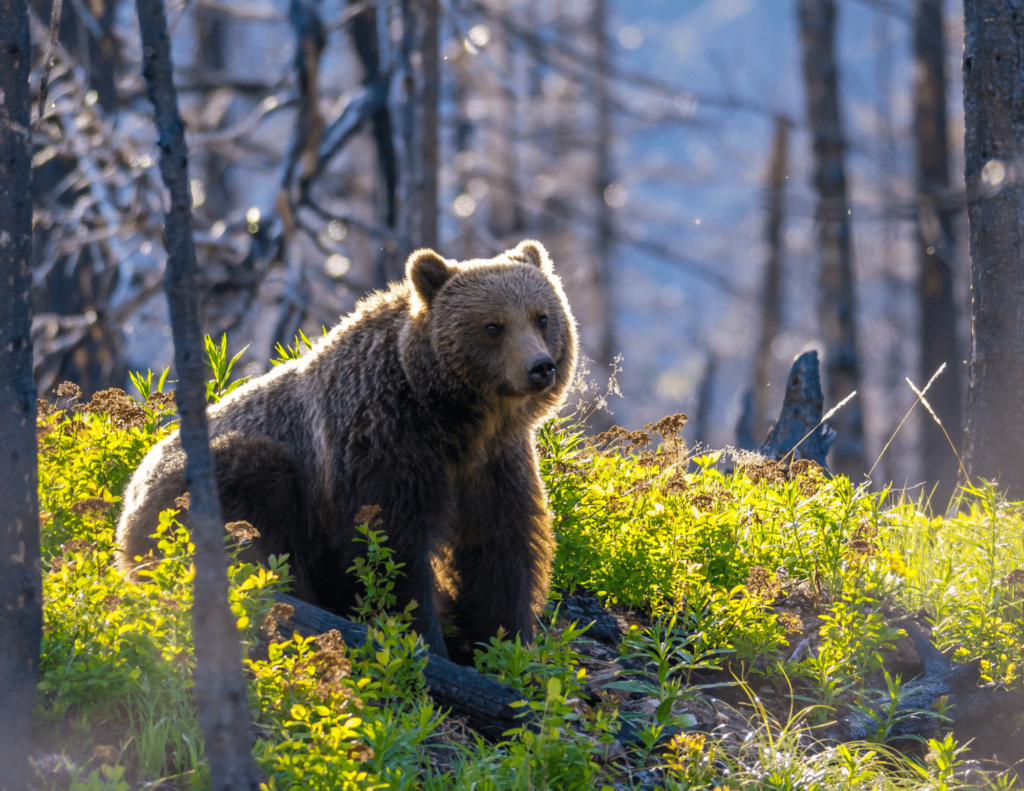
Darkwoods forest Canadian carbon offset project
Another amazing forest conservation project in BC is the Darkwoods forest carbon project. Just like the Great bear project, their aim is to conserve the forest which acts to absorb carbon from the atmosphere and store it. In fact, the trees and plants within this forest absorb enough carbon to offset what is produced by 6700 people within British Columbia.
This project also acts to conserve the habitats and wildlife for many endangered species. The Mountain Caribou, with only 1900 animals left, are dependant on the habitat of the Darkwoods forest. Their main source of food in the winter is hair lichens. These organisms grow on mature trees in old-growth forests like these. Another species that depend on this habitat is the Grizzly Bear. An estimated 70-100 bears exist within the Darkwoods forest range, out of only 14,000 animals left total.
Find out more about this project at Offsetters.ca
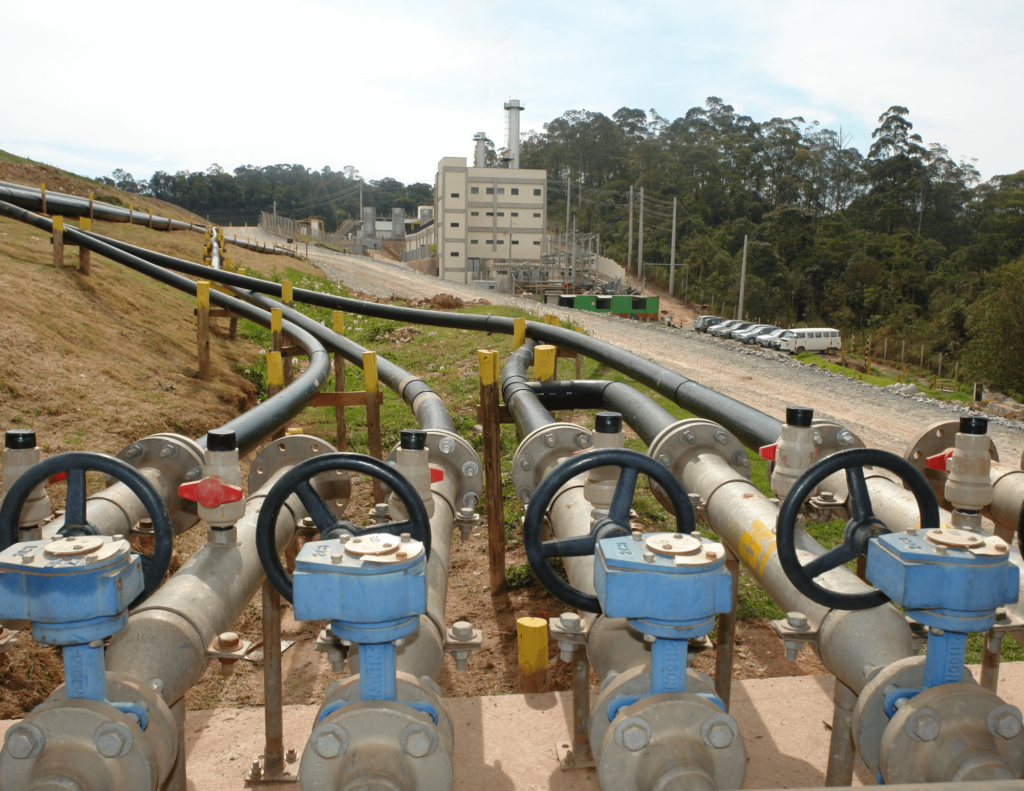
Carbon Zero
This organization has many carbon offset projects to choose from. They have projects in Canada, but also internationally. Carbon zero is a leader in measuring and verifying carbon emissions and reductions.
Some of their projects include:
Nanaimo landfill gas capture project– This project takes the methane gas produced from decaying waste and converts it to energy.
Newfoundland Climate and Ecosystems Conservancy Project (NCECP)– This project involves treating municipal wastewater in a way that produces fewer greenhouse gases like methane.
Check out many more interesting carbon offset projects from Carbon Zero
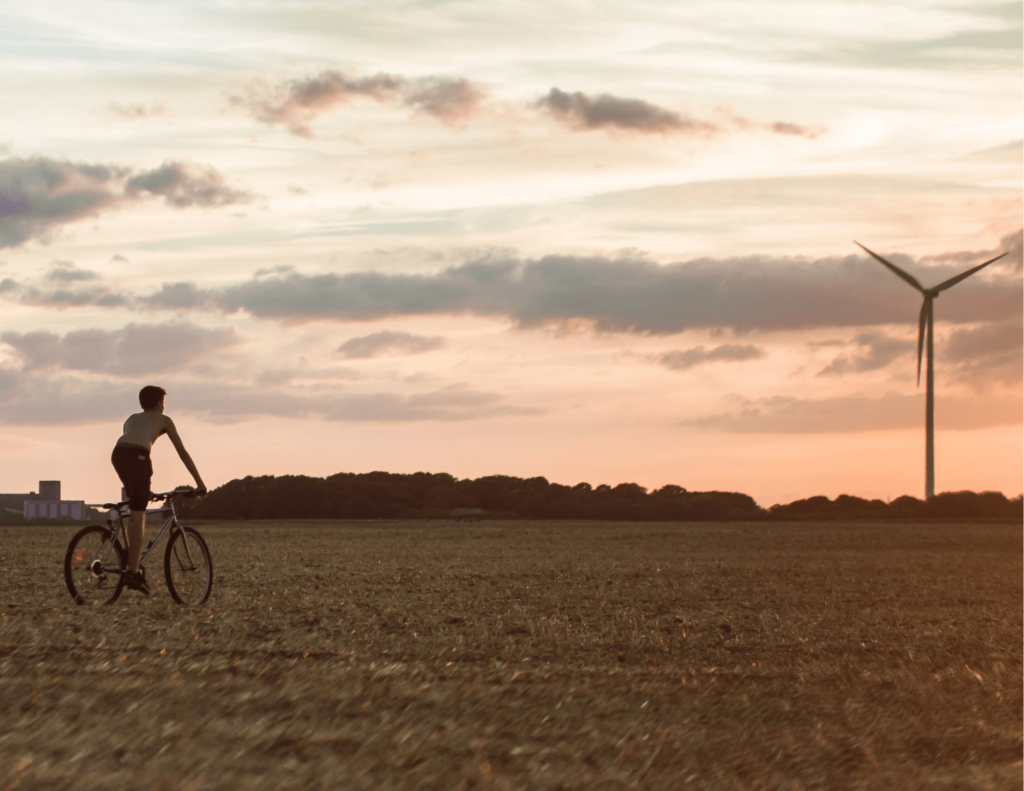
Carbon offsets and a sustainable future
The most important thing to remember is to first reduce your carbon footprint. Carbon offsets should be a contribution on top of what we are already doing in our lives to live more sustainably. Choosing a more plant-based lifestyle, alternate transportation, and reducing energy consumption should come first. Then seek to contribute to some carbon offset projects. Bullfrog power can help put more green energy out on the grid. You might consider contributing to Tree Canada, helping to plant more trees that can absorb atmospheric carbon. Likewise, projects like the Darkwoods and Great bear forest conservation projects help to conserve carbon sinks and save our protected forests and animals within them. Lastly, carbon offset projects from Carbon zero can help you contribute to the creation of better waste management within communities of Canada.
Share my post on social media, let’s get the word out!
Check out more posts on my Sustainable lifestyle blog